The 1960s: Nostalgic Moments in History and Pop Culture
The 1960s were a game-changing decade no matter how you look at it. In terms of culture, there was rock music, pop art, and unforgettable films like The Sound of Music. In terms of civil rights, there was the success of desegregation as well as the tragic death of Martin Luther King Jr. In terms of science, there was the monumental moon landing of 1969.
Those events are only the tip of the iceberg. It would be impossible to try and put all the noteworthy events from that 10-year period into a single post. Instead, we’ve focused on moments that are a mix of big historical events (like the passing of RFK and the rise of Beatlemania) with smaller daily events (like drinking Tang and riding banana bikes). Let’s take a look!
American Bandstand Takes Off
The TV show American Bandstand began back in 1956, was massively popular in the 1960s and continued being well-watched until its final episode in 1989. For that entire four-decade run, Dick Clark – known as “America’s oldest teenager” – hosted the show.
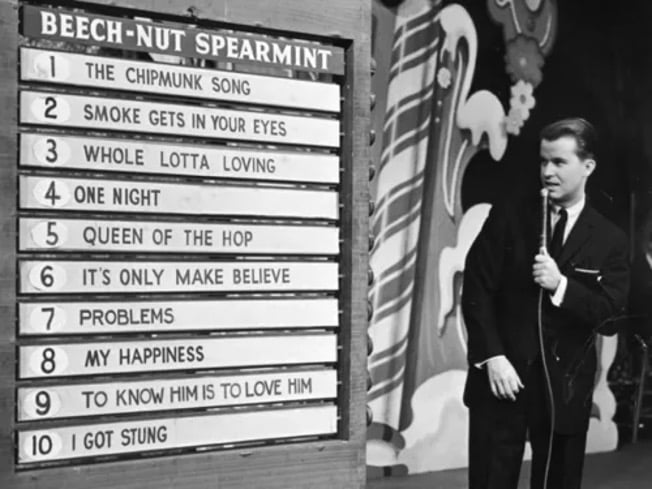
IMDB/Dick Clark Productions
The music and dance show introduced millions of kids and adults to musical acts like Smokey Robinson, Sonny and Cher, Stevie Wonder, and more. It also taught them how to dance everything from the Loco-Motion to the Mashed Potato.
The Barbie Craze Begins
In the late 1950s – March of 1959 to be exact – the Barbie doll was unleashed onto the consumer market. It picked up steam and then exploded in popularity during the 1960s. In 1961, Barbie’s boyfriend Ken was added to the mix.
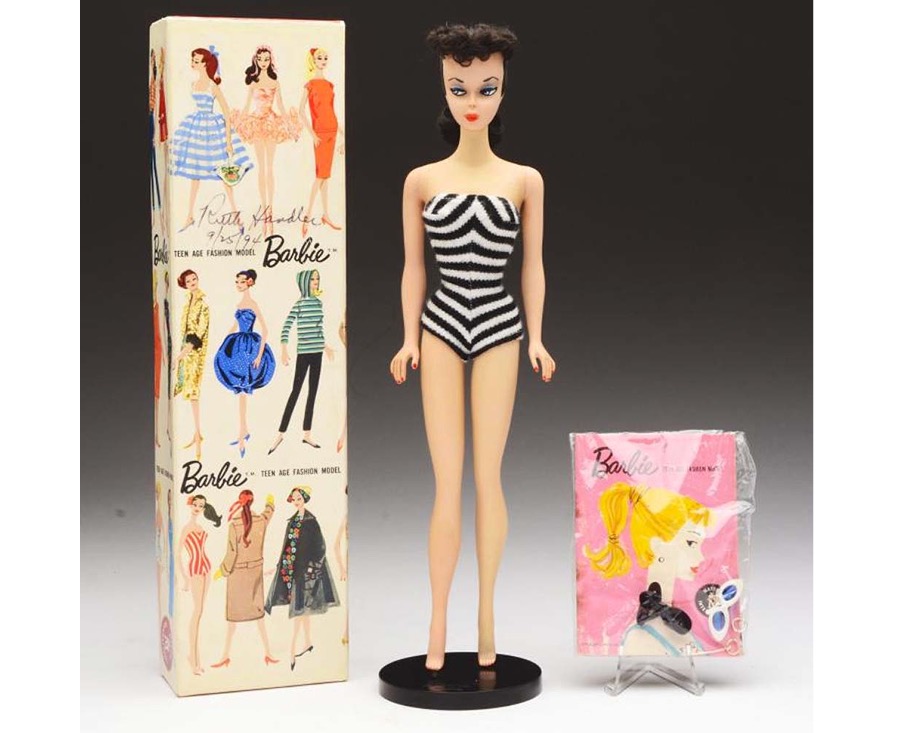
Morphy Auctions
Kids everywhere (mostly girls) bought them in droves. Nearly 60 years later, the craze hasn’t finished – over 1 billion dolls have been sold in total. Nowadays, Barbie dolls have expanded beyond the original designs to include different body sizes and ethnicities.
Cassius Clay Wins at the Olympics
The 1960 Summer Olympics were held in Rome, Italy, and featured 17 different sports. When it came to boxing, 18-year-old Cassius Clay won the gold medal for light-heavyweight boxing.

Central Press/ Getty Images
Four years later, Cassius Clay changed his name to Muhammad Ali and became one of the greatest boxers (and athletes) ever known. After a few years of legal troubles caused by refusing to be drafted into the Vietnam War, he came back into the ring in the “Fight of the Century” against Joe Frazer in 1971.
The Flintstones
Toward the end of 1960, the animated sitcom The Flintstones first premiered. It introduced audiences to the Flintstones (Fred, Wilma, and their two kids), the Rubbles (Barney, Betty, and their son), and a whole host of other characters.
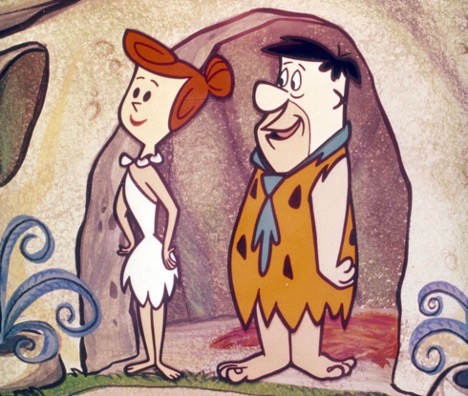
ABC Photo Archives/ Getty Images
For the next six years, adoring audiences regularly tuned in to watch the antics of this prehistory animated family. Alongside the fame of the show itself, its success can also be measured by the impact it had on other cartoons, theme parks, and merchandise.
In the 60s, Everyone Loved Lucy
The original I Love Lucy sitcom was composed of 180 episodes that ran from 1951 to 1957. During that time, it was one of the most popular TV shows to hit the American market. People loved Lucy (played by Lucille Ball) and Ricky Ricardo (played by Desi Arnaz).
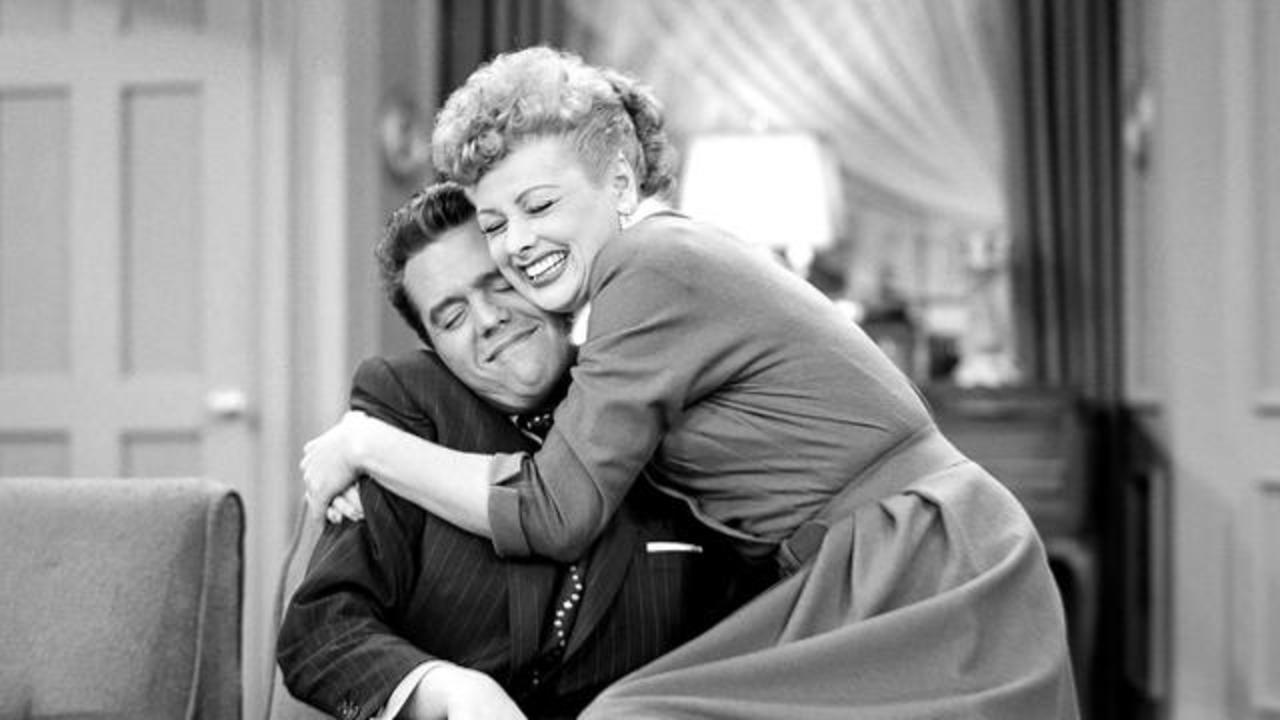
amazon
TV audiences loved the duo so much that a new show, The Lucille Ball–Desi Arnaz Show, had a special three-season run from 1957 to 1960. The show really ended after that but has been loved ever since.
Sketchin’ Around
When the Etch a Sketch debuted at a German toy fair in 1959, it was a flop. By the next year, however, it was a hit. That’s because The Ohio Art Company bought “The Magic Screen” from its French inventor, rebranded it “Etch a Sketch”, and sold it on the American market.
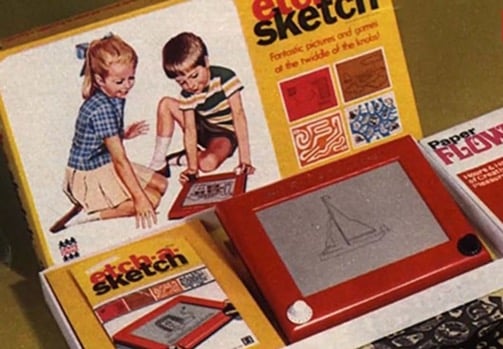
YOUTUBE / MAKE: INVENTIONS
That first year saw nearly 600,000 units sold as it quickly became one of the most popular toys of the Boomer generation. It was the perfect (artistic) cure for boredom.
Bob Dylan Hits the Music Scene
The singer-songwriter Bob Dylan – called the “voice of his generation” (a title he was uncomfortable with) – released the self-titled Bob Dylan album in 1962. Although it didn’t bring him overnight success, it was a respectable first album with blues, gospel, folk covers, and originals.
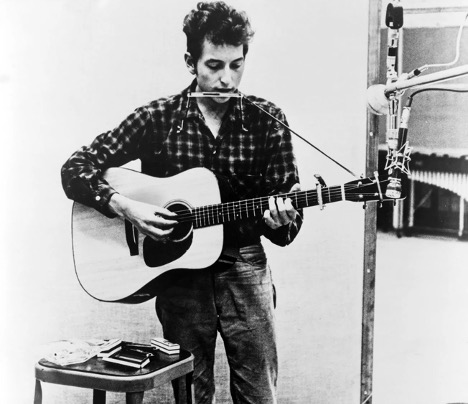
Michael Ochs Archives/ Getty Images
Dylan’s success grew as the decade continued. His “protest songs” were played during the civil rights movements of the 60s and he gained a massive audience. That audience has continued to grow over the decades.
The Classic Station Wagon
Station wagons have been around since the early 1900s – basically since the invention of cars themselves. All the big players – Chrysler, Ford, AMC, Dodge – produced their own versions. The height of their popularity came in the 1950s, 1960s, and 1970s.
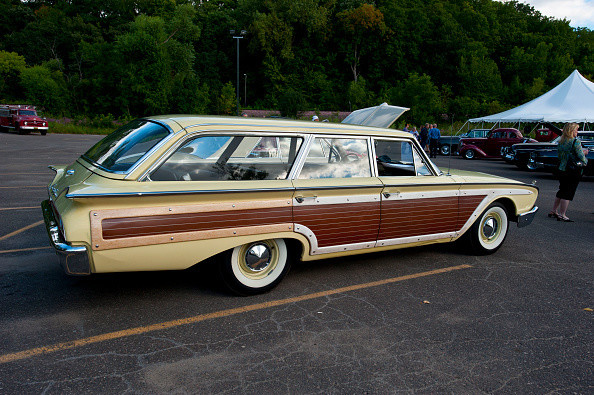
Getty Images
Countless kids growing up in the 60s have fond memories of piling into the family station wagon for a trip to the beach or to visit relatives. They were perfect for drive-in movies too because the back was big enough to sprawl out in.
Big Bird Begins
Sesame Street just seems like one of those shows that have been around forever. However, that’s not the case. On November 10th, 1969, it made its debut. Although it had some controversy, most TV audiences immediately took to Big Bird, Oscar the Grouch, the Cookie Monster, and others.
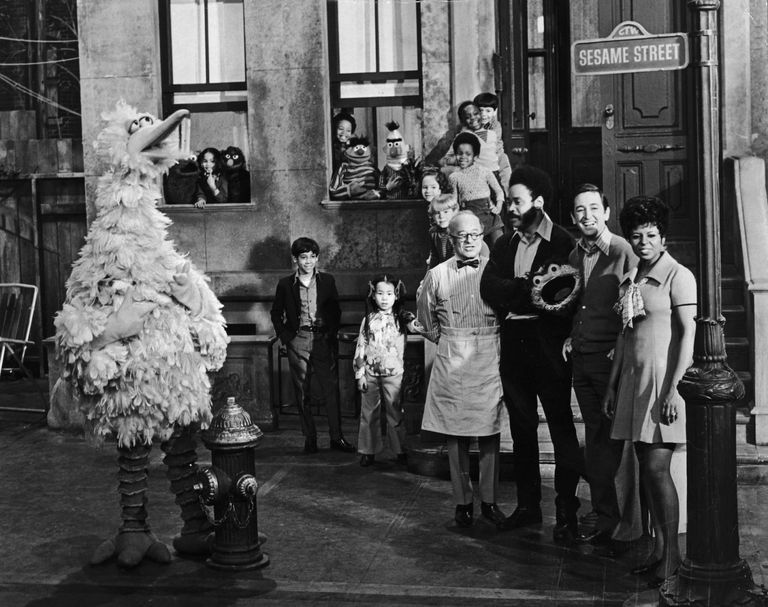
Hulton Archive/ Getty Images
Over 50 years later, the show has racked up nearly 5,000 episodes, won countless awards, and been broadcasted in over 140 countries. Countless millions of kids know the characters and storylines.
I Have a Dream
Dr. Martin Luther King, Jr. – shown at the Lincoln Memorial below – was an influential civil rights leader during the 1950s and 1960s. During that time, he withstood a lot of verbal and physical abuse alongside multiple arrests. However, the civil rights cause gained significant momentum.
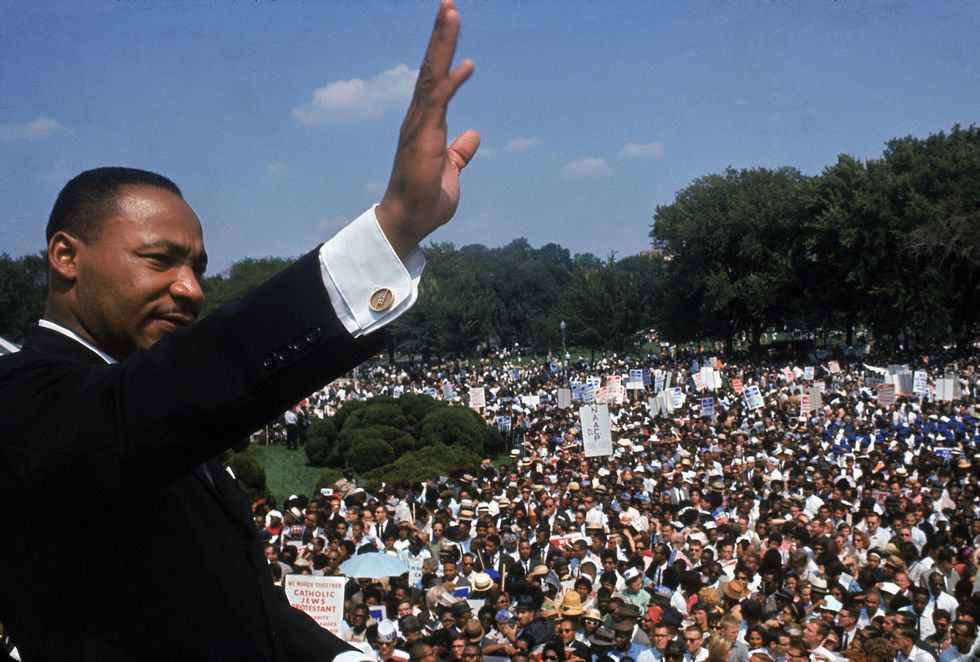
Francis Miller/ The Life Picture Collection/ Getty Images
During the historic March on Washington, King spoke to a crowd of roughly 250,000 people and gave what many consider to be one of the greatest speeches of all time: the “I Have a Dream” speech.
Beatlemania Takes Off
The Beatles began their music career in Liverpool in 1960. They had some fame in the UK and Europe during the early 1960s, but it wasn’t until their first US visit that their fame really exploded. That’s in large part due to a very famous TV appearance on the Ed Sullivan show.
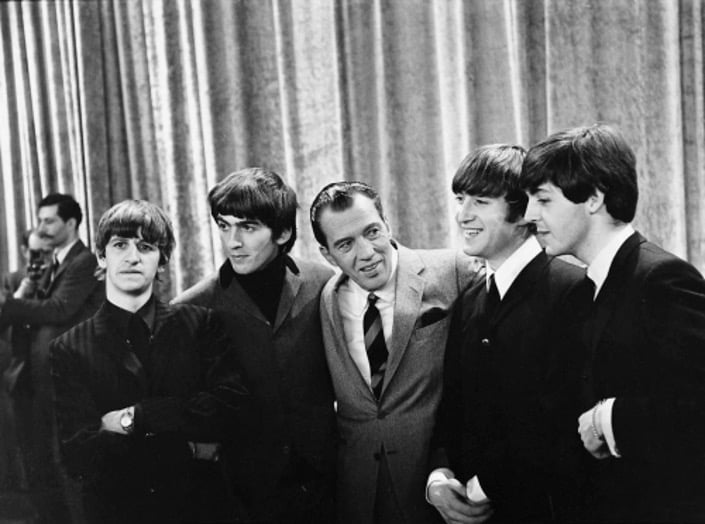
bestlifeonline.com
The five songs they played were an immediate hit with 73 million people who watched the show that night. Ringo Starr, George Harrison, John Lennon, and Paul McCartney became huge.
Drinking Tang
Tang – as you can see below – doesn’t look that appetizing. Yet despite appearances, the powdered drink was a huge hit in the 1960s. A big part of that was due to its use by John Glenn during his 1962 Mercury space flight.
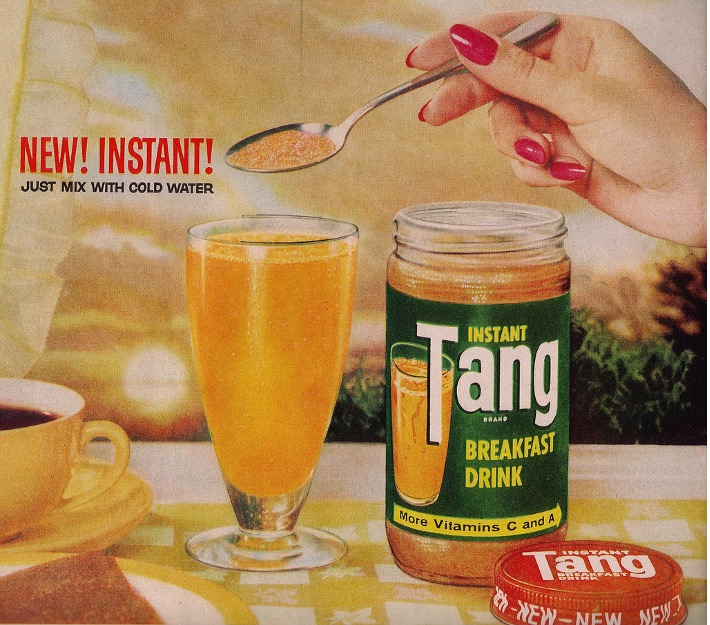
Tang
Subsequent NASA flights used the powdered drink as well. However, many astronauts (like the second man on the moon Buzz Aldrin) are not fans of the overly sweet beverage. Regardless, 1960s kids loved it and it continues to be popular all over the world.
Beehive Hairdos
A beehive isn’t just the place where bees make all their honey. It was also an incredibly popular hairstyle from the 1960s. First created and debuted by hairstylist Margaret Vinci Heldt in 1960, it quickly caught on and was popular throughout the decade.
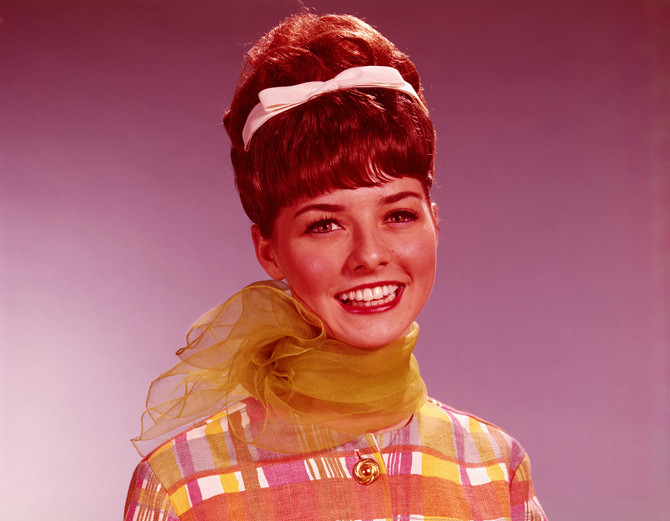
Getty Images
The Ronnets, a popular girl group at the time, played an important role in popularizing the beehive hairdo. Many decades later, the singer Amy Winehouse revamped the signature hairdo and made it popular again among modern audiences.
Breaking Babe Ruth’s Record
In 1961, baseball had a huge year. The right-fielder Roger Maris and center fielder Mickey Mantle, both of the New York Yankees, were competing to break Babe Ruth’s legendary home-run record. It was Maris who eventually did it on October 1st, 1961.
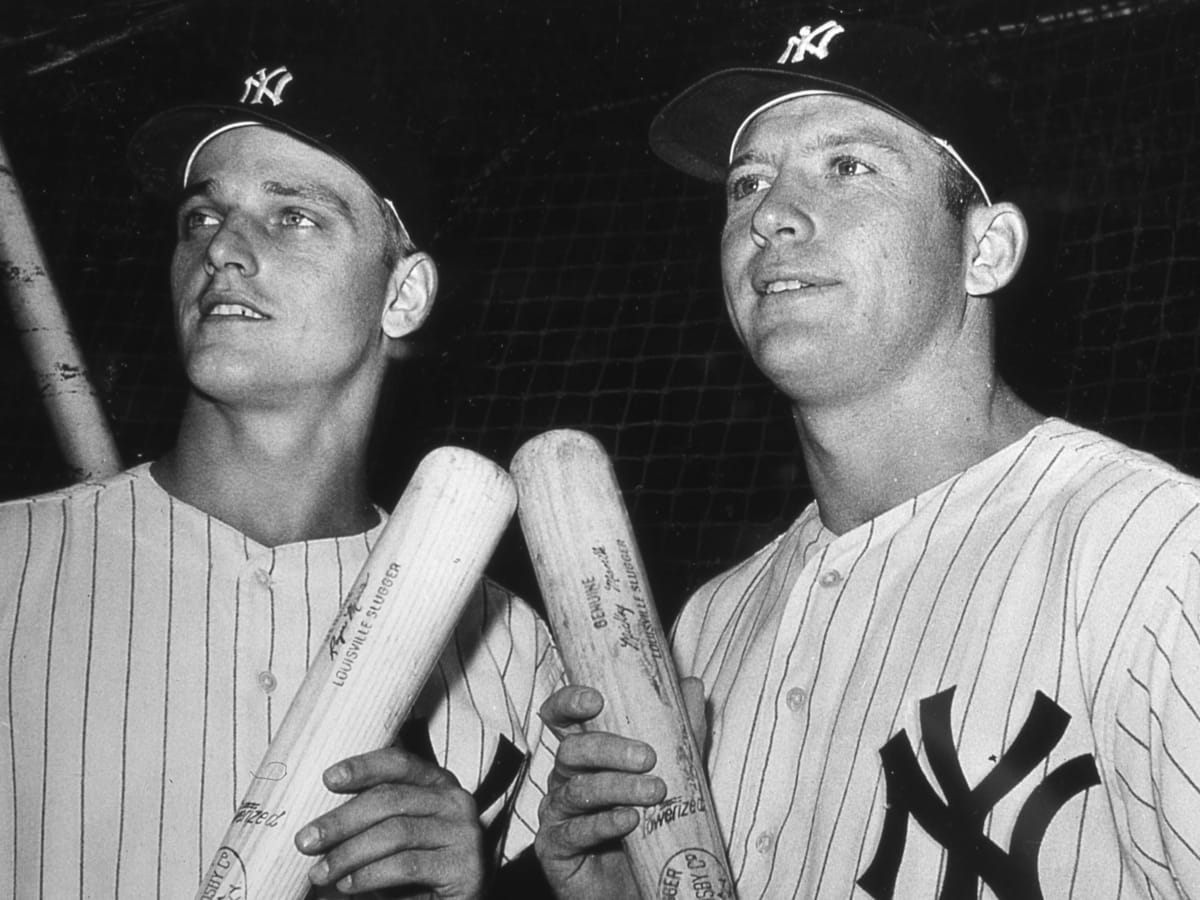
Transcendental Graphics/Getty Images
Maris and the New York Yankees were playing against the Boston Red Sox. In the regular season’s last game, Maris hit his 61st home run – beating Ruth’s record of 60. It was a historic moment that had Maris and the fans cheering.
Presidential Debates on TV
The first televised presidential debate came in 1960, more specifically on September 26 of 1960. It was between Senator John F. Kennedy (for the Democrats) and Vice President Richard Nixon (for the Republicans).

Pictorial Parade/ Getty Images
Those who chose to listen to it on the radio thought that both contestants performed equally well. However, the television audience had a marked preference for the younger, more handsome, and more charismatic John F. Kennedy. He won the debates, was elected president and took office in early 1961.
The Banana Bikes
Bikes have been loved ever since they came out in the late 19th century. That being said, they became extra loved in the 1960s when Schwinn came out with the banana bike. The high-rise handlebars and large padded seat made it look like a motorcycle.
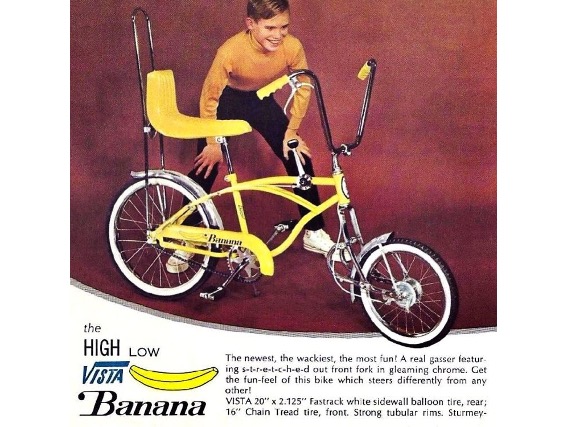
Kids loved the look, comfort, and convenience of it – as you can see from above, it allowed two people to easily ride at once. Many Boomers have fond memories of wheeling around with siblings or friends.
Boots Made for Walking
In 1966, singer Nancy Sinatra released the song “These Boots Are Made for Walkin.” The boots that were made for walkin in the music video were go-go boots. Contrary to most boots that stayed around the ankles, the go-go boots came up right below the knee.
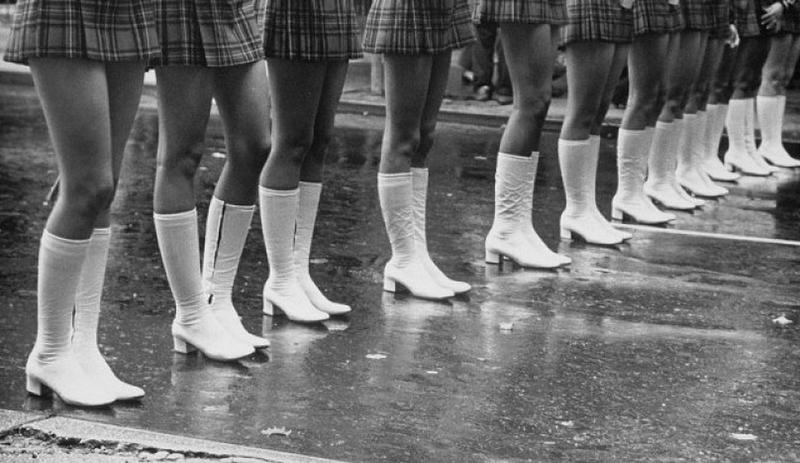
digilander.libero.it
Although the boots had already been on the market since 1964, Sinatra’s hit song certainly boosted their popularity. The signature white boots were soon on every girl’s wish list and were a big part of 1960s fashion.
Baking the Easy Way
Some kids enjoy having others cook and bake for them, but others enjoy doing the cooking and baking for themselves. Those industrious kids were the perfect demographic for the Easy-Bake Oven.
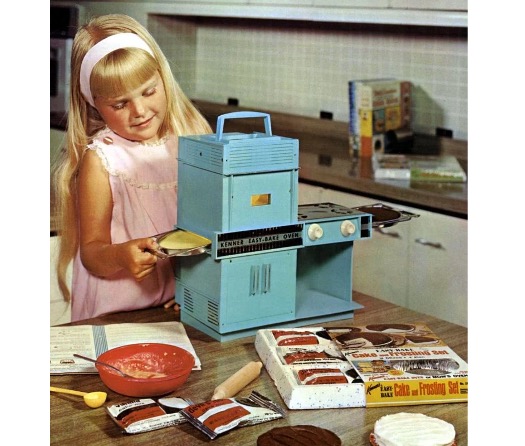
imgur.com
First released by Kenner Products in 1963, the Easy-Bake Oven allowed budding chefs to whip up cakes, cookies, and other baked goods. Over 500,000 were sold in the first year, and that number has continued to rise over the years. In 1997, more than 16 million were sold!
The Troll Dolls
In the late 1950s, a Danish woodworker named Thomas Dam created the first troll dolls. Unable to buy his daughter a Christmas doll, he decided to carve one instead – hoping it would bring good luck along with holiday cheer.

cracked.com
When they crossed the pond and hit the American market in the early 1960s, they were a huge hit. The “tangled mops of unruly hair” as Life magazine described it, was simply irresistible to kids. Over the years, however, trolls lost their popularity.
Andy Warhol
The artist and cultural icon Andy Warhol is most commonly associated with the Pop Art movement of the 1950s and 1960s. The 1960s in particular were fruitful (and profitable) for Warhol.
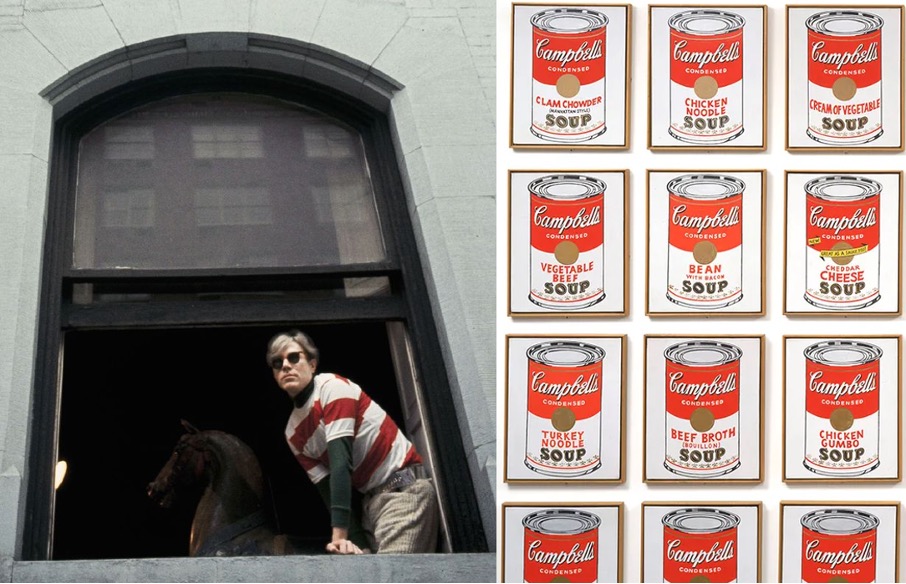
Herve Gloaguen/ Getty Images
Alongside making silkscreen paintings like Campbell’s Soup Cans and Marilyn Diptych, he also made experimental films and launched the career of rock band The Velvet Underground. Warhol was also infamous for having parties and creative happenings at his so-called “Factory” in New York City. The picture above shows him in 1966.
Food for Outer Space
The 1960s was the decade of the space race between the US and the Soviet Union. It began with the 1957 launch of Sputnik (by the USSR) and reached a climax with the 1969 moon landing (by the US).
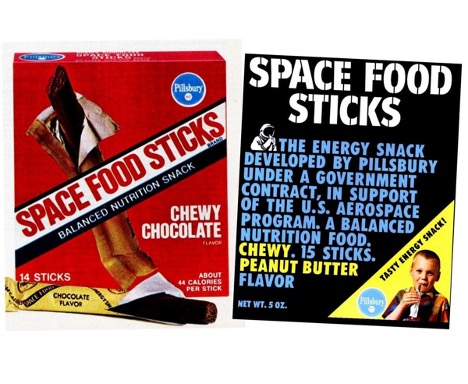
twitter.com
Although it’s well known for creating new technologies, it also created new cultural crazes like the “balanced nutrition snack” Space Food Sticks. Billed as something that astronauts love, it also became a snack that every school kid kept in their lunchbox.
Vintage Swim Caps
Swimming caps became more or less mandatory for those who wanted to swim in public pools during the 1960s. They came in a variety of funky designs, including flowers and seashells, and helped to keep hair dry and safe from the chemicals in pools and oceans.
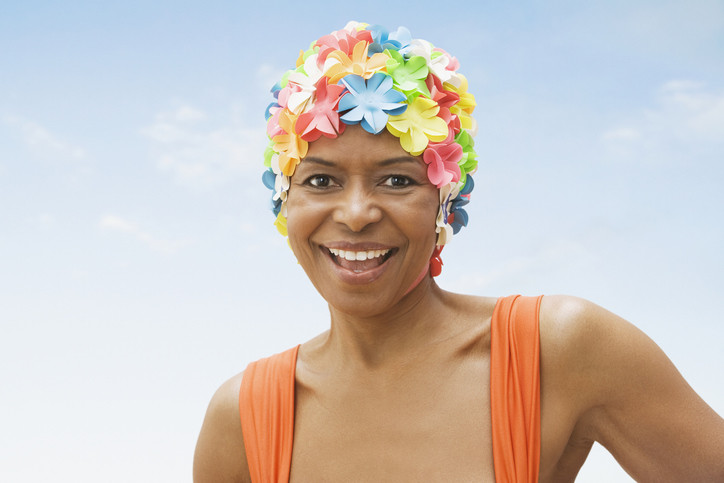
Getty Images
The problem, however, was that these rubber-made devices were often uncomfortable and smelly. Plus, they didn’t always fit correctly. Nowadays, many swim caps are made of silicone and are a bit more comfortable to wear.
Hollywood Walk of Fame Begins
The Hollywood Walk of Fame is such an iconic part of the film industry that it seems like it has been there forever. However, like many things in Hollywood, that’s all an illusion. The first Hollywood star was laid down on February 9, 1960.
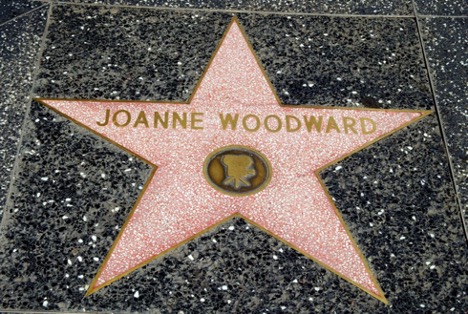
Frazer Harrison/ Getty Images
As you can see from the picture above, the honor went to actress Joanne Woodward. She is perhaps best known for the Academy Award-winning 1957 film The Three Faces of Eve. Since that time, more than 2,700 names have been added.
Alcatraz Closes
The notorious Alcatraz prison, also called “The Rock”, was closed for good on March 21, 1963. In its 30 or so years of operation, it held criminals like Al Capone, George “Machine Gun” Kelly, and Alvin “Creepy” Karvis.
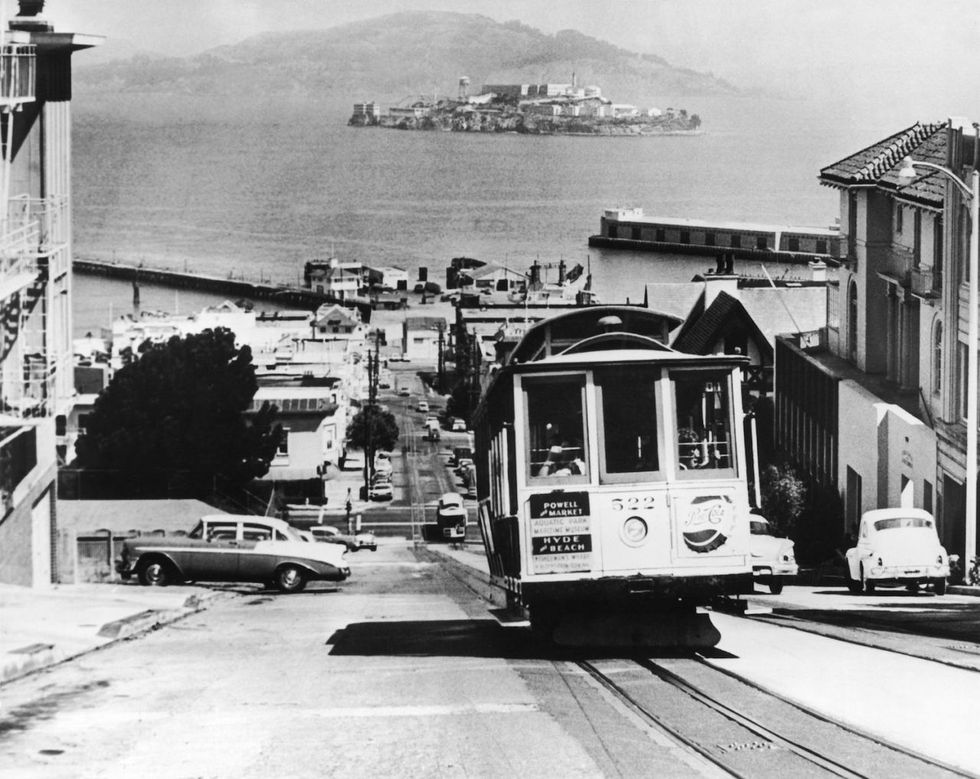
Keystone-France/ Getty Images
The fact that it was on an island surrounded by freezing water meant that it was (nearly) impossible to escape. However, plenty tried – including the unsolved escape of Frank Morris and the Anglin brothers. Eventually, due to high costs, it had to close down.
Far Out, Man
Alongside talking about “the vibe,” one of the most common slang expressions of the 1960s was “far out.” Music was far out, stories were far out, art was far out – nearly everything was far out. The overused word originally came from jazz circles and referred to particularly avant-garde kinds of jazz.

Getty Images
However, as the counterculture got a hold of the expression, they expanded it to mean anything that was “great” or “cool”. Marcia Brady was fond of saying it and so was the singer-songwriter John Denver.
A Feminist Best Seller
In 1963, the book The Feminine Mystique was published and within three years it sold 3 million copies. This groundbreaking book, written by Betty Friedan, is widely regarded as sparking second-wave feminism. In the picture below, the actress Ava Gardner is seen holding a copy.
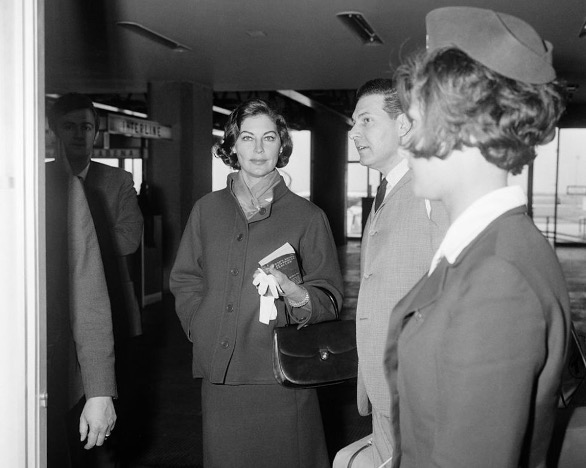
Nigel Dobinson
Second-wave feminism spans from roughly the mid-1960s to the early 1980s. Building on the first wave (which secured voting rights), it dealt with issues of reproductive rights, workplace equality, sexuality, and family life among other things.
The Sound of Music Premieres
Cinema lovers had a lot to look forward to in the 1960s – everything from Easy Rider to the West Side Story came out during the decade. One of the most beloved musicals was, of course, The Sound of Music.
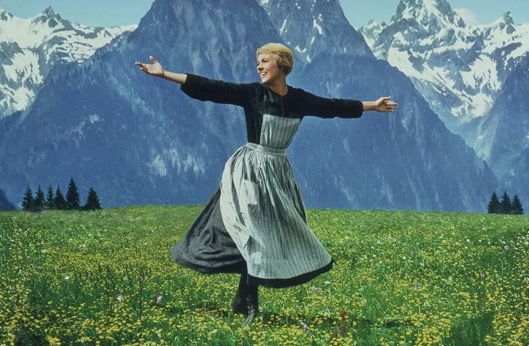
IMDB/20th Century Fox
Released in 1965, the Rodgers and Hammerstein musical ended up winning five Academy Awards and was the top-grossing film of the year. The actors (such as Julie Andrews and Christopher Plummer) were incredible, the story was touching and heartening, and the songs were a joy to sing.
35,800 Feet Under the Sea
On January 23, 1960, the Trieste became the first deep-diving submersible to make it to the bottom of Marianas Trench. Inside were two explorers: the US Navy Lieutenant Donald Wash and the Swiss oceanographer Jacques Piccard (the son of the guy who designed the boat).
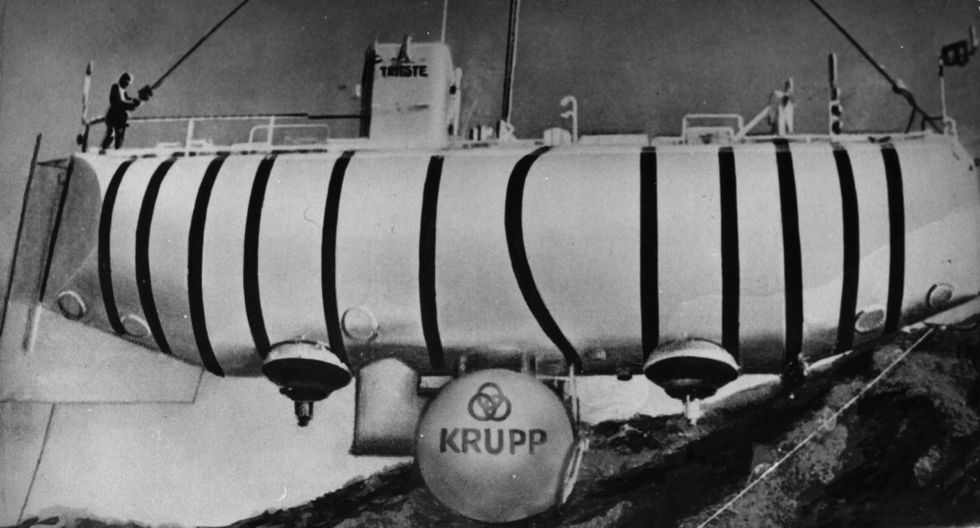
Keystone/ Getty Images
Near the island of Guam, the two began their descent to Challenger Deep – a place nearly 35,800 feet below the surface. After five hours or so, they made it to the ocean floor and stayed for about 20 minutes.
The Joys of Tie-Dye
Although tie-dying has been around for a very long time – early examples stretch back to 5th century China and 6th century Peru – it really took off toward the end of the 1960s. Rock stars like Janis Joplin helped to popularize the psychedelic style.
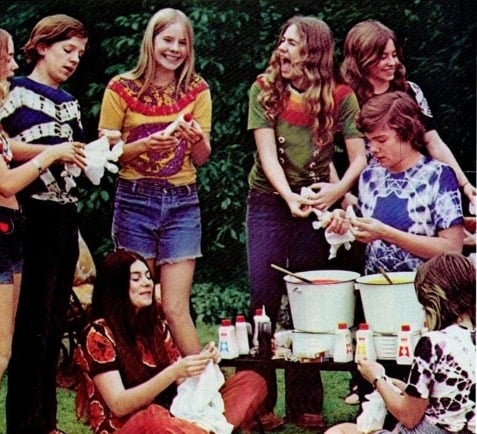
Rit
That being said, it went beyond the counterculture and hippies. Plenty of regular kids enjoyed the process of scrunching up a plain white T-shirt, dumping it in a crazy mix of colors, and drying it out to see how it looked.
Walking on the Moon
The 1960s were a huge decade for space travel. The “space race” between the Soviet Union and the United States was well underway. The Soviets released Sputnik in 1957, so President JFK announced an ambitious plan to put a man on the moon.
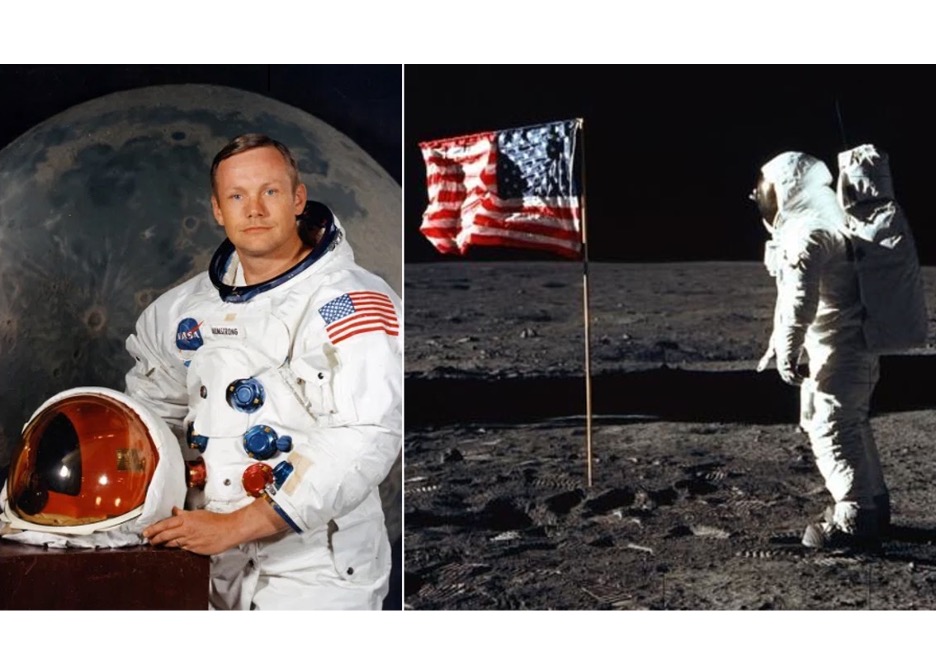
fishki.net
That plan became a reality on July 20, 1969, when Astronaut Neil Armstrong took “one small step for man, one giant leap for mankind.” A few minutes later, Astronaut Buzz Aldrin followed in his footsteps. The monumental moment was televised everywhere.
Festival of the Decade
The “3 Days of Peace and Music” that was Woodstock Music Festival 1969 attracted nearly 400,000 fans. During those semi-rainy days, 32 different acts took to the stage. The musicians included a who’s who of the 60s rock scene: Janis Joplin, the Grateful Dead, and, of course, Jimi Hendrix.
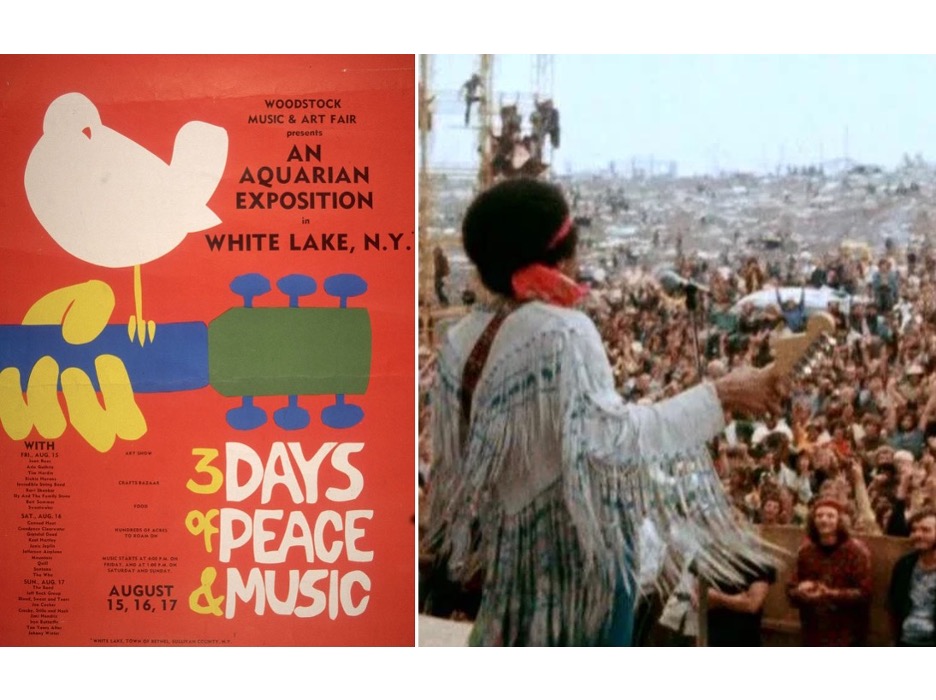
Blank Archives/ Getty Images
A lot of other popular acts – The Beatles, Bob Dylan, and The Rolling Stones – declined for one reason or another. Regardless, it was a huge and iconic music festival that has been memorialized ever since.
The Assassination of RFK
Robert Francis Kennedy (or RFK) was the brother of President John F. Kennedy and a politician in his own right. In the early 1960s, he was United States Attorney General. In the mid-1960s, he was the Senator from New York.
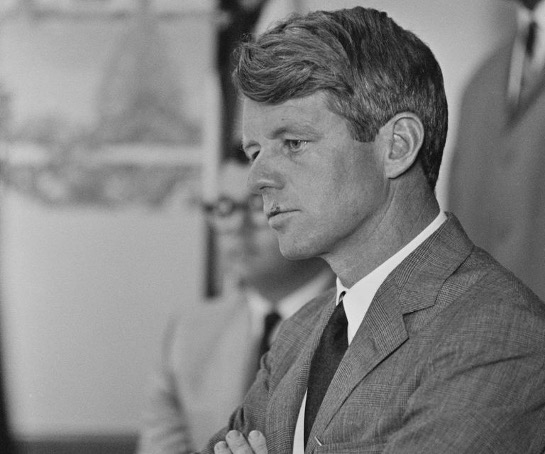
Wally McNamee/ Corbis/ Getty Images
Tragically, however, he was shot by Sirhan Sirhan while giving a speech in Los Angeles. Despite the best efforts of the doctors, RFK was pronounced dead a day after the tragic incident. His last day occurred only a few years after his brother’s assassination. Both terrible events shook the nation.
Sci-FI Ahead of Its Time
Most music and movies considered to be “ahead of their time” were poorly received during their time. This was the case with director Stanley Kubrick’s sci-fi film 2001: A Space Odyssey. The expensive and epic film was first released in 1968 and a lot of critics were harsh toward it.
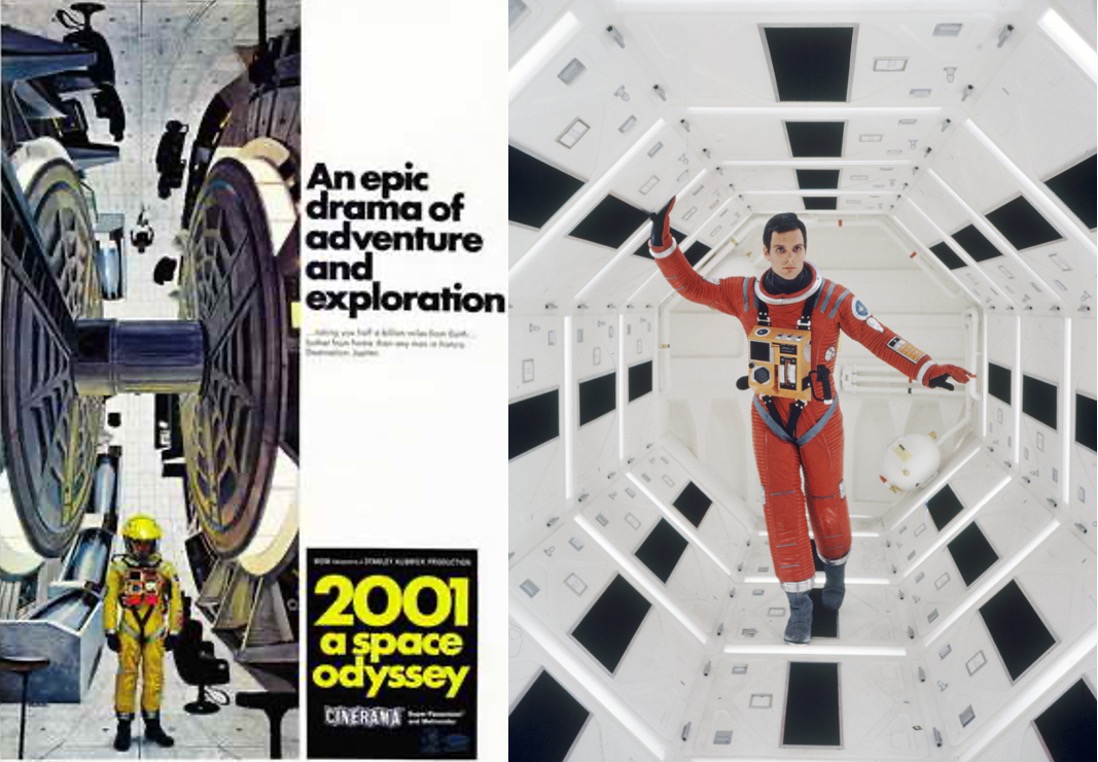
kino-teatr.ru
As time went on, however, more and more people realized the genius and technical ingenuity of it. Nowadays, it’s generally regarded as one of the best and most influential sci-fi films ever made.
MLK Jr.'s Funeral Service
The 1960s were a tragic decade when it came to the assassination of influential leaders. In 1963, John F. Kennedy was killed; in 1965, it was Malcolm X taken too soon; and in 1968, Martin Luther King, Jr. met his demise.
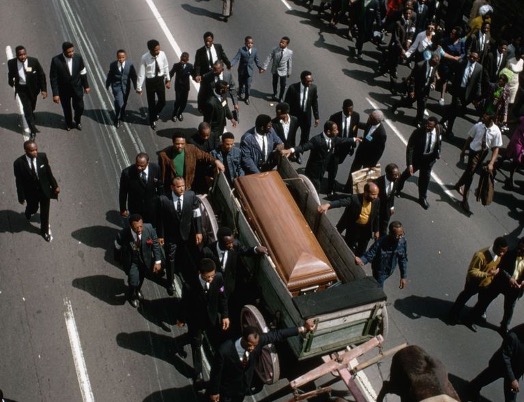
James L. Amos/ Corbis/ Getty Images
The civil rights leader was shot by James Earl Ray while at a Tennessee motel on April 4th, 1968. King was rushed to a nearby hospital but passed shortly thereafter. News of his passing led to anguish and race riots in multiple US cities.
Sit-Ins at Woolworths
The 1960s is well-known as the decade of civil rights and social change. A big part of this was fighting against segregation in schools, businesses, and public life. For example, businesses like Woolworths in Greensboro, North Carolina refused to serve African Americans.

Bettmann/ Getty Images
To protest that policy, a bunch of young African American students sat down at the lunch counter and refused to leave. They continued doing this for six months, and it launched a movement that eventually led to desegregation.
The Miniskirt Trend
From tie-dye shirts to go-go boots, the 1960s was a decade of new fashions. One of the most iconic pieces of clothing from that era is the miniskirt. Although its exact origins are unknown, most people trace it back to either Mary Quant, a British designer.
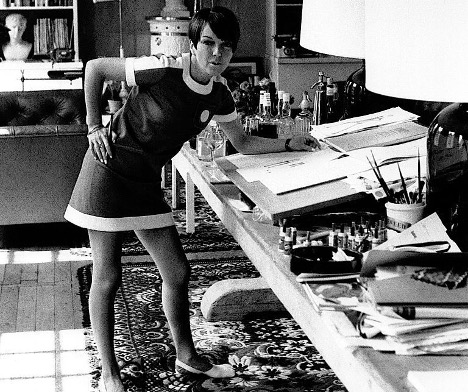
Giancarlo Botti/ Gamma-Rapho/ Getty Images
Regardless of how true it is, Quant definitely played a role in popularizing mini-skirts – and naming them after the fashionable Mini Cooper car. The hip skirts took off and have been popular ever since.
Multiple Music Stars Are Born
Many of the Gen X stars who came to define music in the 80s, 90s, and early 2000s were born in the late 1960s. For alternative rock and grunge music, 1967 was a big year because Kurt Cobain (of Nirvana), Billy Corgan (of Smashing Pumpkins), and Scott Weiland (of Stone Temple Pilots) were all born.
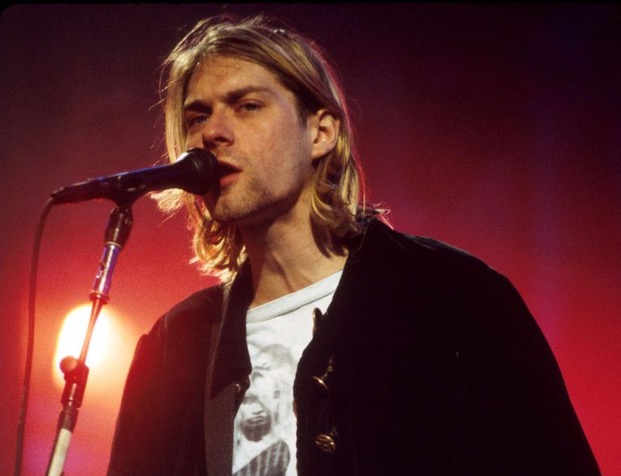
Kevin Mazur/ WireImage/ Getty Images
In terms of hip-hop and R&B music, Toni Braxton, R. Kelly, Vanilla Ice, and Funkmaster Flex were all born in the late 60s as well.
Joan Rivers
On February 17th, 1965, comedian Joan Rivers made her first appearance on The Tonight Show. Although she had been performing at New York comedy clubs alongside Richard Pryor, George Carlin, Woody Allen, and others, this TV appearance really boosted her career.
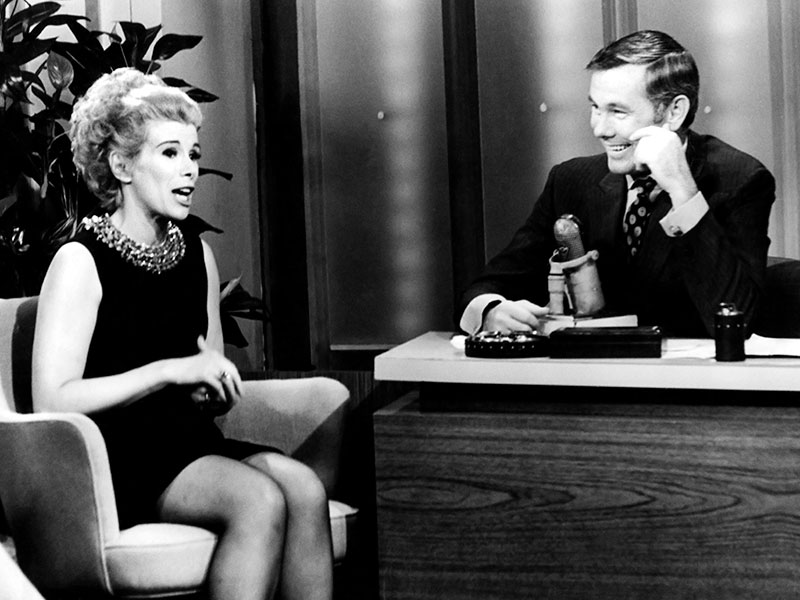
NBC/GETTY
The host, Johnny Carson, became a mentor to Rivers, and the show itself allowed Rivers to develop her unique comedy style. She eventually went on to host a few of her own shows, write multiple best-selling books, and make millions of people laugh.
Nobel Winners
The 1960s was a decade of scientific advancement and literary achievement. Although all Nobel Prize winners are inspiring, the 60s had some particularly memorable ones. For example, in 1962 the author John Steinbeck won the Nobel Prize in Literature.
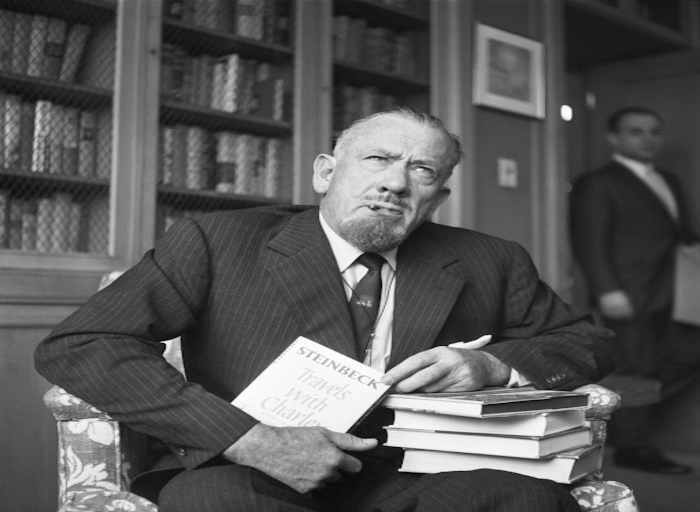
Getty Images
In 1962, scientist Linus Pauling won the Nobel Peace Prize – which, we imagine, went on a shelf next to his 1954 Nobel Prize in Chemistry. The 1962 Nobel Prize in Physiology or Medicine went to James Watson, Francis Crick, and Maurice Wilkins for their work on DNA.
